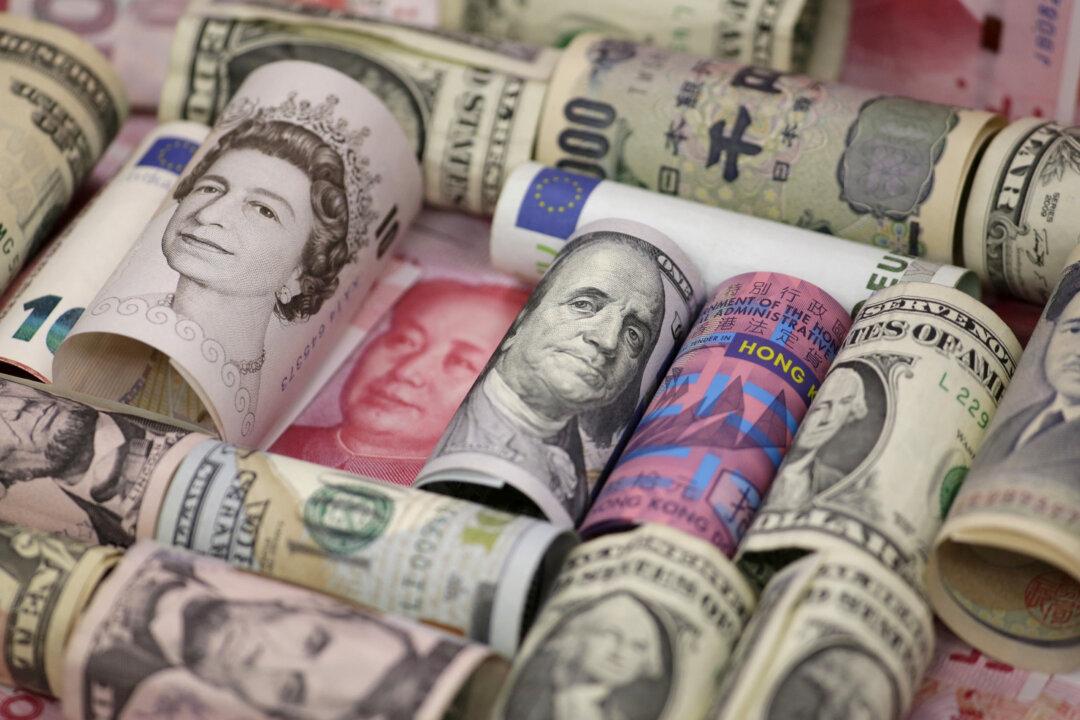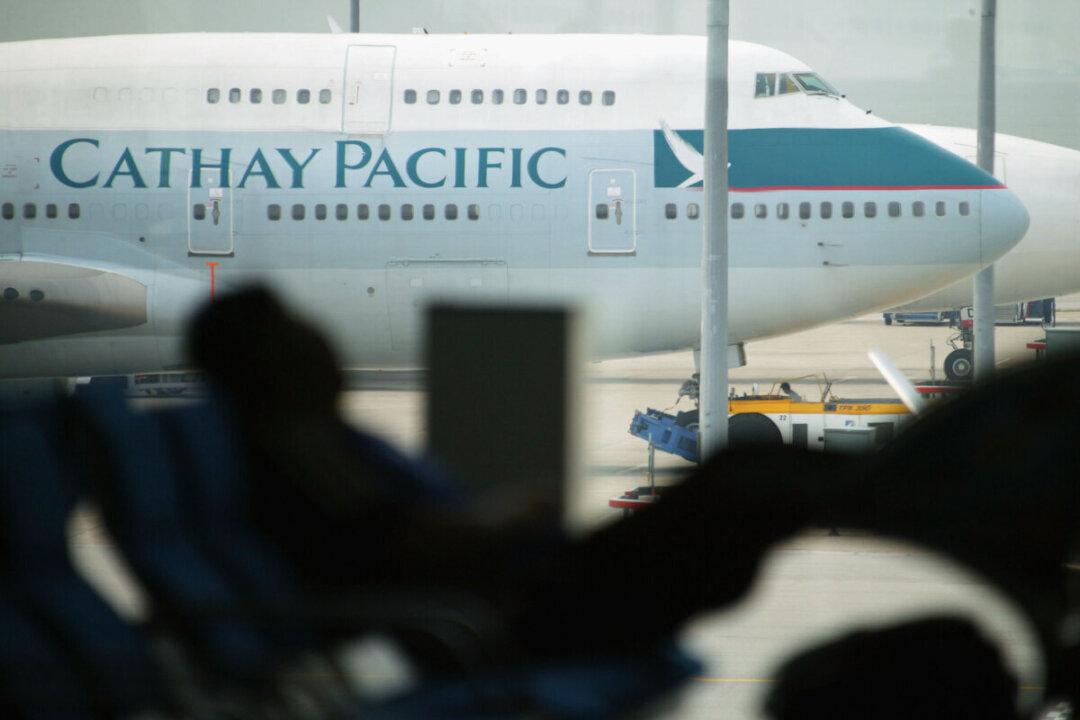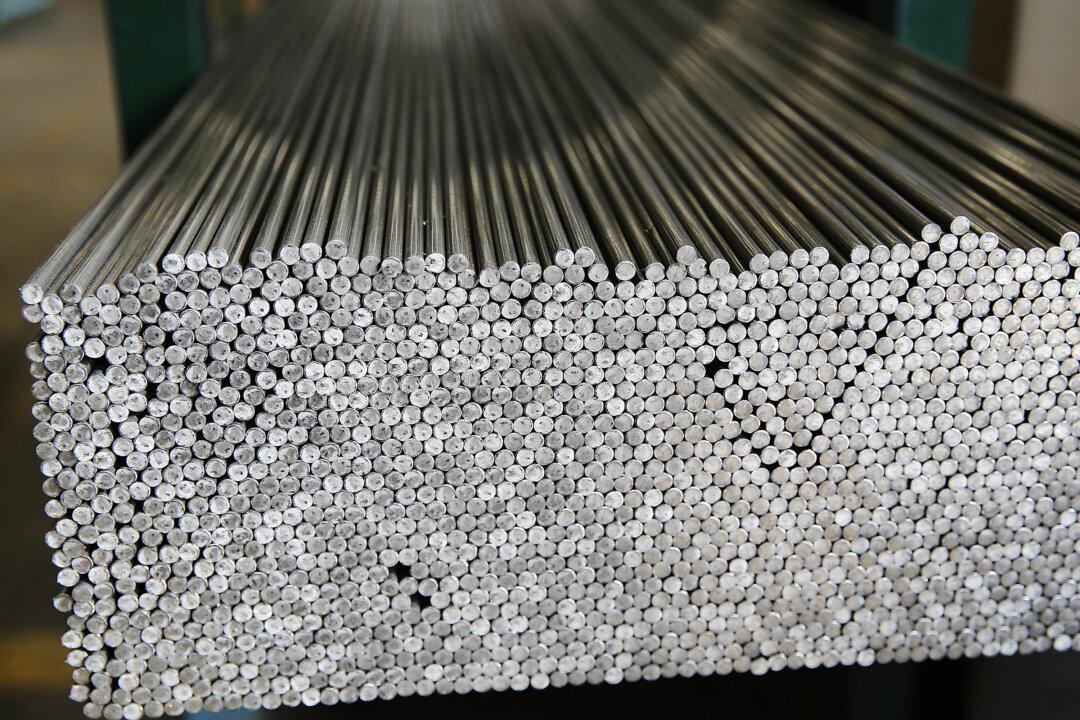Chinese overseas direct investment (ODI) in Australia plunged to the second-lowest level since 2006, with healthcare overtaking mining as the key industry.
Chinese ODI fell 36 percent to $1.34 billion (US$886 million) in 2023 from $2.1 billion in the prior year, according to the Demystifying Chinese Investment in Australia (April 2024) report (pdf), jointly published by the University of Sydney Business School and KPMG.




